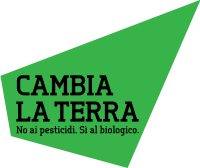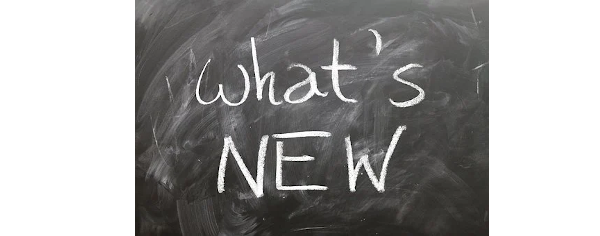
‘Cambia la Terra’ publishes an interesting article reporting the conclusions of researchers from the National Center for Scientific Research (CNR) presented in the study "Reshaping the European agrifood system and closing the nitrogen cycle: the potential for combining food change, agroecology and circularity", carried out in collaboration with some European universities (Universidad Politecnica de Madrid, Chalmers University of Technology in Gothenburg, University of Natural Resources and Life Sciences in Vienna), the European Commission's Joint Research Centre (JRC) and Ispra.
An elitist agricultural method that cannot meet everyone's food needs: we have heard this many times about organic farming. But the statement does not hold up to scientific analysis of all the parameters involved. On the contrary, in 2050 organic farming could feed the entire population of Europe, which would be 600 million by then. With the advantage of reducing water pollution, greenhouse gas emissions and halving nitrogen emissions due to the excessive use of fertilisers.
Reshaping Europe's agricultural system is an ambitious goal, but achievable if three levers are worked on simultaneously. First of all, Europeans must change their eating habits, reducing meat consumption (with health benefits). Secondly, agro-ecological practices and crop rotation need to be generalised. Finally, we need to make better use of the complementarity between crops and livestock.
Changing table behaviour
Today, 55% of Europeans' diet consists of proteins of animal origin (meat, milk, eggs, fish). This is an excessive consumption, almost twice as much as recommended by the FAO and the WHO, which indicate a maximum quota of 30% for these foods.
"The first objective of this change in diet is health," says Gilles Billen, one of the authors of the study. "It is known that excessive consumption of meat and milk is often associated with cardiovascular problems and colorectal cancer. Of course, curbing animal protein consumption also has many environmental benefits. It reduces water pollution and greenhouse gas emissions from intensive livestock production".
Crop rotation
The second lever the study suggests to focus on is the application of crop rotation. "Let's take the case of a farmer who has ten plots of land on his farm. On one plot he will grow alfalfa, a legume that fixes nitrogen for two years. Then on this same plot he will grow cereals which will feed on the nitrogen released into the soil by the alfalfa. Then he will plant another type of legume, and so on," Gilles Billen summarises.
Legumes play a key role in this system by improving nitrogen levels, soil quality and limiting the use of pesticides. "Legumes such as alfalfa or clover are plants that invade the soil very quickly and prevent weeds from establishing themselves," explains Gilles Billen. "Once these legumes have been cultivated, the soil is ploughed and the farmer has a plot without weeds."
Connecting crops and livestock
The third lever is to exploit the synergies between cultivation and livestock farming. While until the beginning of the century the European agricultural system was based on the complementarity of cultivation and breeding, today these activities are often kept separate and concentrated in highly specialised regions. In the scenario suggested by the study, cattle feed on grassland rich in legumes and their excrement is used to transfer nitrogen to arable land.
But returning to this complementarity today would require a complete break with the current European agricultural system. Gilles Billen explains: "When we were able to use industrial nitrogen fertilisers, we no longer needed livestock to fertilise arable land. We therefore over-specialised the regions between cultivation and livestock farming. This explains why areas such as Île-de-France are dominated by cereal cultivation, while other less fertile areas such as Brittany are specialised in livestock farming. As a result, there are soils depleted of carbon and organic matter due to the absence of livestock and others penalised economically by the lack of harvests “.
The study can be downloaded HERE
Fonte: Cambia La Terra



